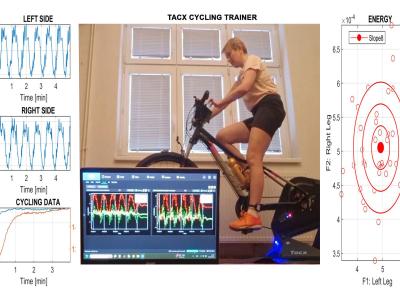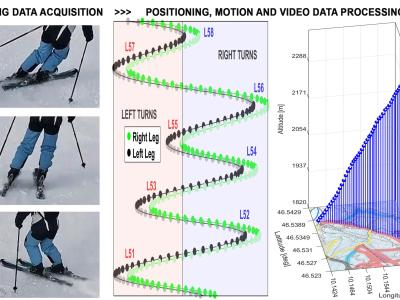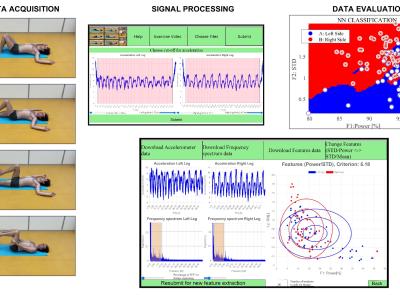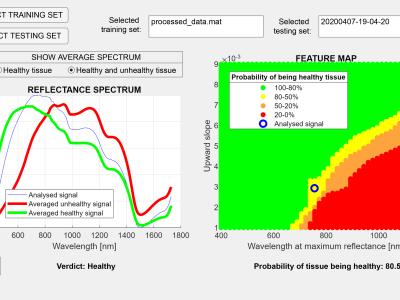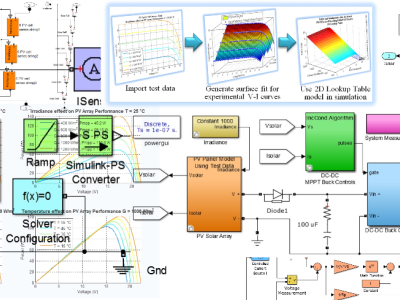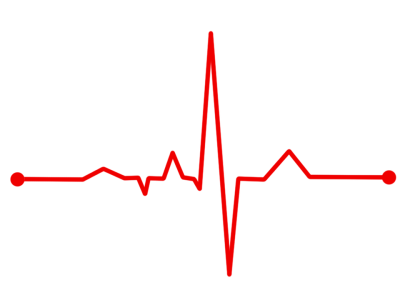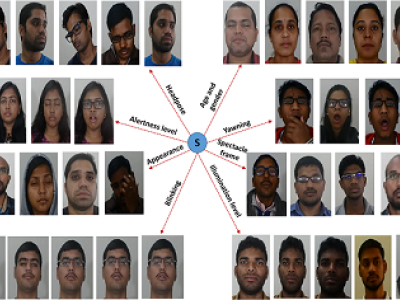Craniometric Points Measurement
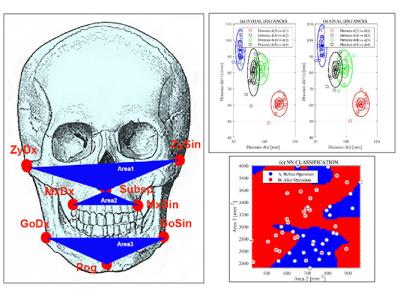
- Citation Author(s):
-
Ales Prochazka (Department of Computing and Control Engineering, University of Chemistry and Technology at Prague)Tatjana Dostalova (Department of Stomatology, Charles University at Prague)Oldrich Vysata (Department of Neurology, Faculty of Medicine, Charles University at Hradec Králové)Pavel Cejnar (Department of Computing and Control Engineering, University of Chemistry and Technology at Prague)Vladimir Marik (Czech Institute of Informatics, Robotics and Cybernetics, Czech Technical University of Prague)Hana Eliasova (Department of Stomatology, Charles University at Prague)
- Submitted by:
- Ales Prochazka
- Last updated:
- DOI:
- 10.21227/n78r-xd27
- Data Format:
- Research Article Link:
 236 views
236 views
- Categories:
- Keywords:
Abstract
Anthropometric studies focusing on facial metrics and their proportions form an important research area devoted to observations of the appearance of the human skull. Many different applications include the use of craniometry for maxillofacial reconstruction and surgery. The paper and the associated dataset explores the possibility of using selected craniometric points and associated metric to observe spatial changes during the maxillofacial surgery treatment. The experimental dataset includes observations of 27 individuals. The proposed method is associated with the processing of measurements by selected methods of signal processing and computational intelligence.
Instructions:
Skull measurements in *.XLSX file before and after the operation for 27 individuals can be processed by the MATLAB m-file, presenting
>> in Fig. 1: areas of skull triangles before and after the treatment for 27 individuals
>> in Fig. 2: areas of skull triangles before and after the treatment for 27 individuals (males and females)
The evaluation is explained in paper "Computational Intelligence in Metric Analysis of the Skull in the Context of Maxillofacial Surgery" by A.Prochazka, T. Dostalova, O. Vysata, P. Cejnar, V. Marik, H. Eliasova in IEEE ACCESS 2022


